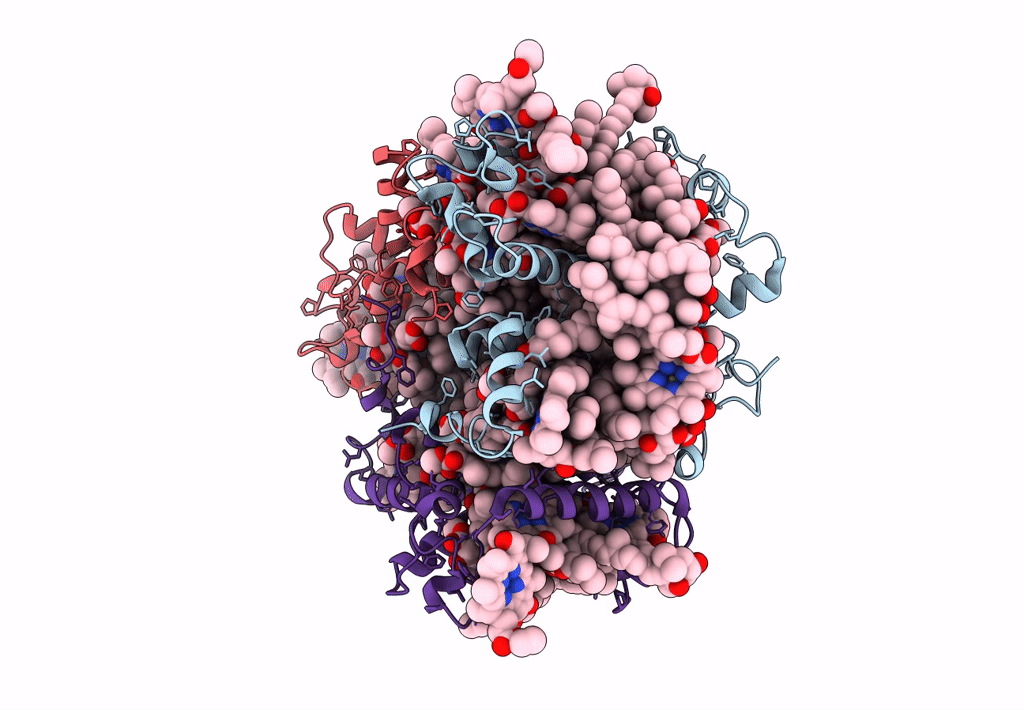
Deposition Date
2023-03-31
Release Date
2023-09-06
Last Version Date
2023-10-04
Entry Detail
PDB ID:
8IWZ
Keywords:
Title:
Cryo-EM structure of unprotonated LHCII in detergent solution at low pH value
Biological Source:
Source Organism:
Spinacia oleracea (Taxon ID: 3562)
Host Organism:
Method Details:
Experimental Method:
Resolution:
2.52 Å
Aggregation State:
PARTICLE
Reconstruction Method:
SINGLE PARTICLE


